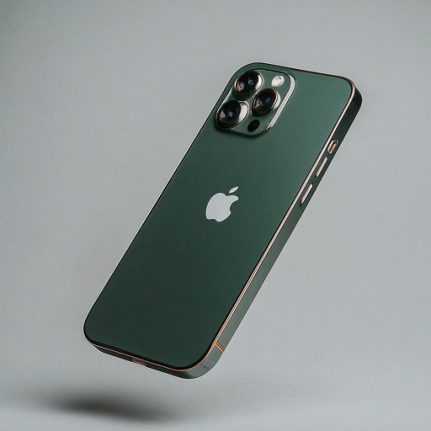

The second-hand smartphone market grew seven per cent in the second quarter of 2024, according to the latest research from CCS Insight.
But although shipments of devices increased, the value of the secondary market declined by 13 per cent to $7.7 billion due to the popularity of older devices such as the iPhone 11, which still contributes a significant share of shipments.
Apple remains the dominant brand in the secondary market, with an estimated 17 million iPhones shipped in the quarter. This contributed 62 per cent of the overall volume, with particular strength in North America. Samsung was the second-largest brand, performing strongly in Latin America, Europe, the Middle East, and Africa.

Accelerating
Leo Gebbie, Principal Analyst and Director for the Americas, commented, “Consumer demand for second-hand smartphones is accelerating, with low-cost iPhones remaining the most popular pre-owned devices. Our data confirms this, showing that market volume and value are dominated by Apple products. As a result, shifts in demand for iPhones are the most important factor affecting the market on a quarterly basis.”
“Demand for Apple’s recently unveiled iPhone 16 range has the potential to fuel the upgrade cycle in the primary smartphone market. If so, it will result in a wave of traded-in iPhones reaching the second-hand market and provide a welcome boost to supply, which continues to be one of the biggest challenges facing the market”.

Potential
Gebbie noted, “The potential for a ‘supercycle’ of iPhone 16 upgrades has been a hot topic in the industry. A mass movement of users to the latest model could result in a flood of iPhone 12, 13, and even 14 devices reaching the organized secondary market. This will depend on whether Apple Intelligence is a big enough draw to truly move the needle in terms of upgrades.”
“Another crucial dynamic is the impending Radio Equipment Directive in the EU. Slated for 28 December 2024, the regulation will require all devices to support USB-C, with the intention of reducing e-waste by outlawing proprietary chargers.
“This regulation will affect both the primary and secondary markets, and CCS Insight estimates that more than 60% of the European second-hand smartphone market will not support USB-C when the ruling comes into force. Although the ban applies only to imported models, CCS Insight predicts that by 2025, this will cut two out of five units from supply, or 8 million smartphones, worth €2 billion in sales.
USB-C mandate
Simon Bryant, Vice President of Research, explained, “The USB-C mandate will strain the still-emerging circular industry, which has already seen several companies cease trading this year because of tough market conditions. It also risks pushing trading into unregulated channels and is likely to promote parallel imports bypassing EU customs.”

CCS Insight observes that Europe is the greatest importer of used phones, primarily from the US as well as Japan and Singapore. Bryant added, “This situation demonstrates Europe’s dependence on devices from other regions and, ultimately, the non-circular behavior of consumers and channels in Europe, despite their commitment to sustainability initiatives. The European telecom industry recognizes that it needs to address low trade-in rates throughout the region, but it is still far behind the US and Japan, which generate much higher volumes.”
In 2024, CCS Insight expects that sales volumes in the organized secondary market for smartphones will outperform 2023, but with significant variation by region. Notably, year-on-year growth will outpace the market for new devices as consumers continue to see the benefits of purchasing second-hand technology to save money and help the environment.
The latest quarterly update of the market tracker is available now. Contact CCS Insight for more information.
Simon Bryant and Ben Wood will be revealingu more about pre-owned device sales at Mobile News conference Circular Summit, the UKs only secondary market business event.
—







